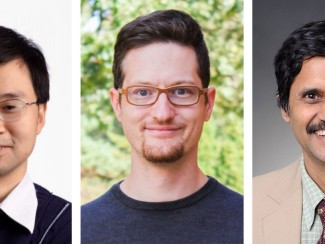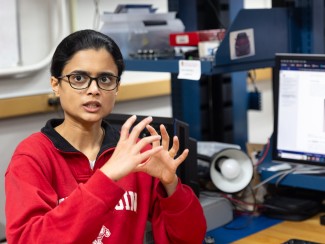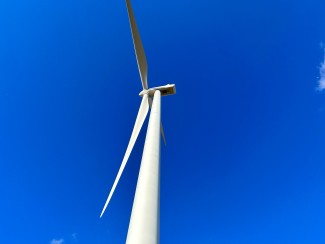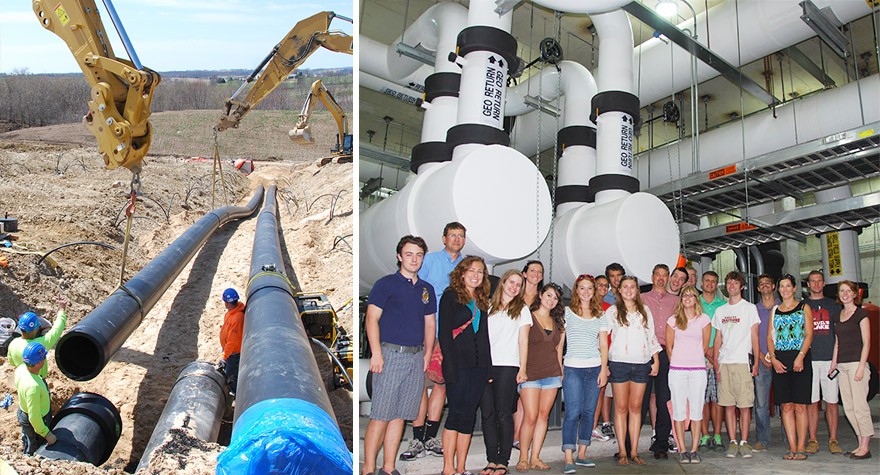
The campus of healthcare software giant EPIC Systems, located in Verona, WI, is well known for its fun, architecturally distinct features: its farm-themed buildings, its slide between floors, and its futuristic conference room. The corporate culture at EPIC, which employs more than 8,000 people, is distinct as well. Team meetings often take place in EPIC’s spacious tree house and it’s perfectly acceptable to do work-related reading while sitting on the campus dock with toes soaking in the pond.
Fewer people are aware, however, of EPIC’s unique commitment to renewable sources of power, which includes installations of solar panels, ground-source heat pump systems, and off-site wind turbines. In fact, EPIC currently produces enough energy to power about 2,500 homes and could soon produce roughly as much energy as it consumes.
Dr. James Tinjum, associate professor in UW-Madison’s Department of Engineering Professional Development and the Geological Engineering Program, is part of a research team currently installing 13 performance-monitoring wells in a field of 2,500 ground-source heat exchangers on the EPIC campus.
“EPIC’s commitment to the development of geothermal exchange, as well as their large and unique site, provides a really great opportunity for research teams like ours,” Tinjum says.
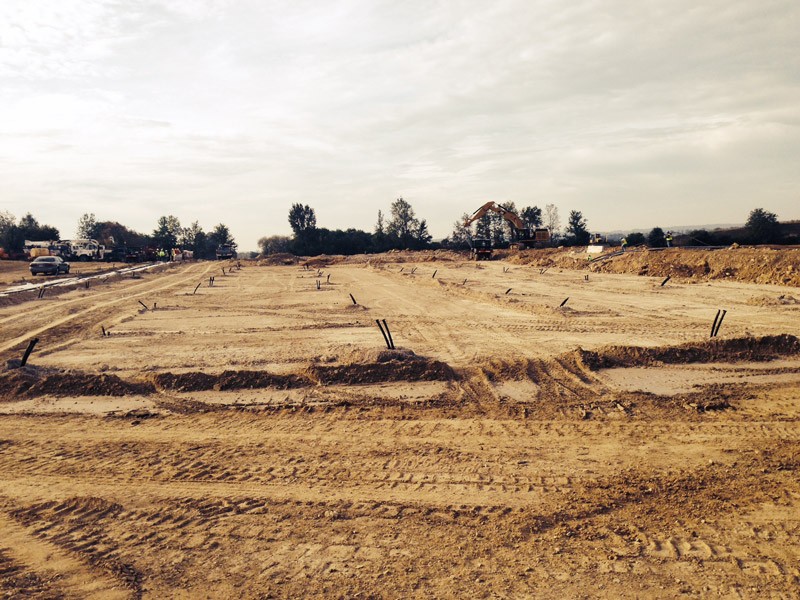
Geothermal exchange fields are designed to take advantage of the relatively constant, year-round temperature of 50 degrees that exists just a few feet below the earth’s surface. In the closed-loop system of an exchange field, water is cooled (or warmed, depending on the season) as it travels to a depth of about 500 feet in wells that are situated vertically in the earth; the water from a large number of wells is then collected into larger pipes and used to dramatically reduce the work of the above-ground heat exchanger, contributing extra heat to the system in winter and extra cooling in summer.
The EPIC campus is currently one of the largest cooling-dominated geothermal exchange sites in North America, with more than 3,500 exchange wells using 25 kilometers of underground piping and circulating 12 million liters of water.
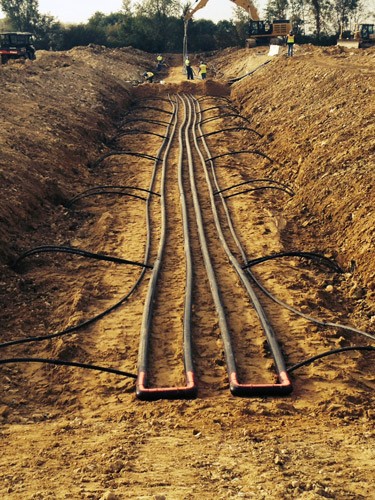
“The wells we’re installing now will use a number of innovative sensor technologies to measure ground temperatures around the buried wells,” Tinjum says. “These sensors will provide the data we need to design more efficient ground-source heat pump systems.”
Tinjum’s research on geothermal systems is part of a UW-Madison initiative, the Geothermal and Energy Geotechnics Group (GEGG), a collaborative academe-industry network. This cross-disciplinary group of researchers is dedicated to the study of alternative geothermal exchange systems, heat transfer within the earth’s near surface, and the performance and sustainability of geothermal-based heating and cooling systems.
Tinjum and his GEGG colleagues received a 2014 Wisconsin Energy Institute Seed Grant to fund their work at the EPIC site, and have also recently applied for a National Science Foundation grant that would allow them to continue in-depth, long-term data collection at the site as well as to analyze, interpret, and model that data.
“We feel strongly that our work at EPIC will help build the scientific and engineering foundations necessary for creating new design, new methods, and new production of geothermal-based heating and cooling systems,” Tinjum says.

On Monday, October 13th, as part of the Wisconsin Energy Institute’s ongoing “Sustainable Energy Seminar Series: Exploring Solutions Small and Large,” Tinjum will present “Life Cycle and Performance Monitoring of EPIC Geothermal Exchange Field.” The talk, which is open to the public, will take place in room 1115 of the Wisconsin Energy Institute.


